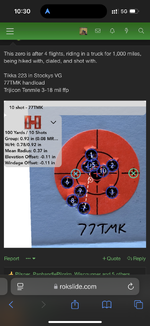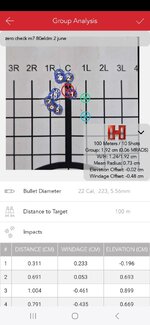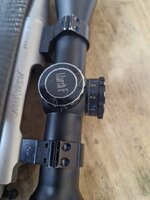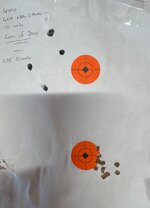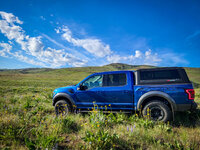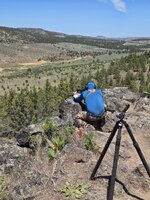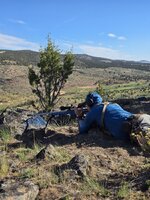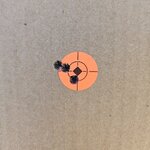It is apparent in many of these zero test groups that there has been a zero shift. Using all of the RS approved gear and mounting methods. How do you "fix" that so it doesn't happen? How do you diagnose the cause? Or is it just accepted that no matter what you will have some zero shift?
This thread isn't the best format to judge the merits of formi's pre-flight checklist. It wasn't layed out for it, and that wasn't even the intention, but I can definitely understand why you are questioning some of the results against the claims.
As he stated, you don't know if all the steps were done, or done correctly.
I've seen it myself, even with technical people like mechanics, technicians, and engineers - all working in product dev/test, machining/assembly/fab/weld, and field service - so very hands-on people. Some could rebuild an engine blindfolded, but when it comes to rifles and scopes they get brain fog! And then there are other non-technical people who have a lot of common sense, patience, and natural troubleshooting ability that totally get it. And they might be a pencil pusher with no desire to wrench on anything, except their rifles.
The bigger issue though, is that we don't have enough information, especially how confident the shooter is of the original zero in terms of POA/POI and sample size.
Instead of true zero shift, you might just be seeing a clearer representation of the true dispersion (cone of shame). Except for those showing 15-30 round initial baselines, right? Confidence is higher with those.
It could also be shooter error. Like parallax that Jordan mentioned, or technique and follow through that someone else posted.
Plus wind - some documented it in their notes, while some others don't recall if they held wind or not. If you want to get down to the gnat's ass, you have to deal with it in one way or another.
Maybe most important is the fact that there can be issues that are not readily apparent.
For example, your 700 that experienced a shift - I would look towards an out of spec receiver before blaming the mount, lack of rail bedding, rings, etc.
Why?
Because, every 700 that I have looked at in recent years had the starboard portion of the receiver bridge over polished. When that is present and not accounted for, you can put the scope in a bind and the contact surfaces between the scope and rings are affected. The scope can move relative to the ring.
Using more torque may just bind the scope worse. That would be my biggest concern with your rifle in particular. I can probably dig up some photos to paint the picture.
If you need help checking it, I'd be happy to help but you should start a new thread. Or shoot me a PM.

